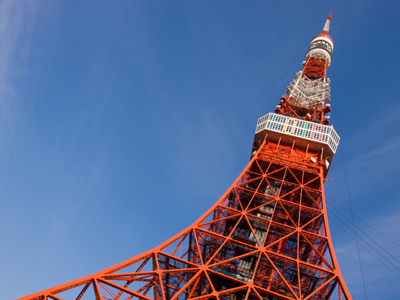
Population 01
This KS3 quiz takes a look at population. In Geography the word 'population' means the people living in a given area. As of November 2010, the world population was estimated by the United States Census Bureau to be 6.882 billion. In 1800, the world population was estimated as being about one billion and by the end of the 1800s, it was still below two billion. Since the 1920s, population growth has accelerated and in the last two generations (i.e. going back to the time when your grandparents were born) it has more than doubled.
All these people need to live somewhere. In general, the less economically developed countries have higher population growth than richer countries. Families are often larger because there is a lack of family planning centres. Living in the country is very difficult and large numbers of people migrate to urban areas. There are many reasons for this, they are classified as push (e.g. no food or clean water where they live) and pull (e.g. better healthcare and more jobs) factors.
Ready for more?
not all...
quizzers. Try to win a coveted spot on our Hall of Fame Page.







